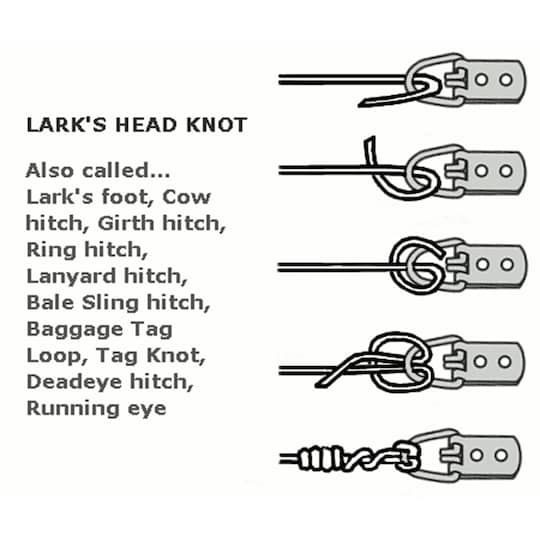ARTIST EDUCATION
PRESENTATION FOR SHOWS


Proper finishing of artwork creates a coherent and impressive exhibition that is professional and neat to the eye. Unframed or improperly framed pieces can make or break sales and can inhibit sales of adjacently hung art.
Not everyone who buys a painting or other art will keep the original frame. Regardless, well-framed art is more likely to sell. Regardless of frame style or material, frames should be strong and well-built. If hand-made, the wood should not be warped. Thrift stores are a good option for sourcing refinishable frames for beginning or emerging artists if cost is an issue.
Any canvases that are less than 1” in depth need to be framed or otherwise mounted.
Gallery wrapped canvases should have ALL edges finished. Be sure to paint the bottom edge!
Canvases of any depth mounted in shadowbox or floating frames should have their edges finished as well. Seeing that little bit of finished edge creates a professional look.
It is strongly suggested that artwork under glass such as watercolors or photographs have the back of the frame sealed. This prevents insects and dust from making their way between the glass and the art. Do NOT use duct tape or electrical tape on any artwork. Both are non-archival/not acid-free and can damage other paintings stored next to them due to outgassing.
MAKE SURE YOUR PAINT AND/OR VARNISH IS COMEPLETELY DRY!
Art is usually hung with D-rings securely attached to the frame or canvas edge with screws.
NO SAWTOOTH, PROTRUDING EYE HOOKS OR PLATE HANGERS ARE TO BE USED.
Single holed D-rings can be used to hang lighter frames up to 20” wide. Frames over 20” should be outfitted with double holed D-ring hangers using 2 screws for strength and stability. Also acceptable are steel plate edge hangers and the snap plate hangers used with metal frames.
Wire should be non-stretching braided or stranded picture frame wire, either plain or vinyl-coated. These wires are self-tightening and do not come loose when properly knotted. Care should be exercised in selecting the proper weight bearing wire. No cording, string or electrical wire should be used. Wire is best knotted to the D-rings using a “Lark’s Head” knot, as it will keep the wire from loosening. Ends of all wires are best taped to prevent damage to walls and other artworks.
The standard gallery method is to measure down from the top of the framed art and attach the hangers and wire from that point. Wires that are properly installed should be fairly taut; this will ensure that the piece doesn’t lean out from the wall more than 1” at the top.
Bumpers or back feet can be used to keep art from slipping from side to side. Bumpers can be installed for stability when vinyl-coated wire is used.
Prepared by Bobby Smashey – TAA